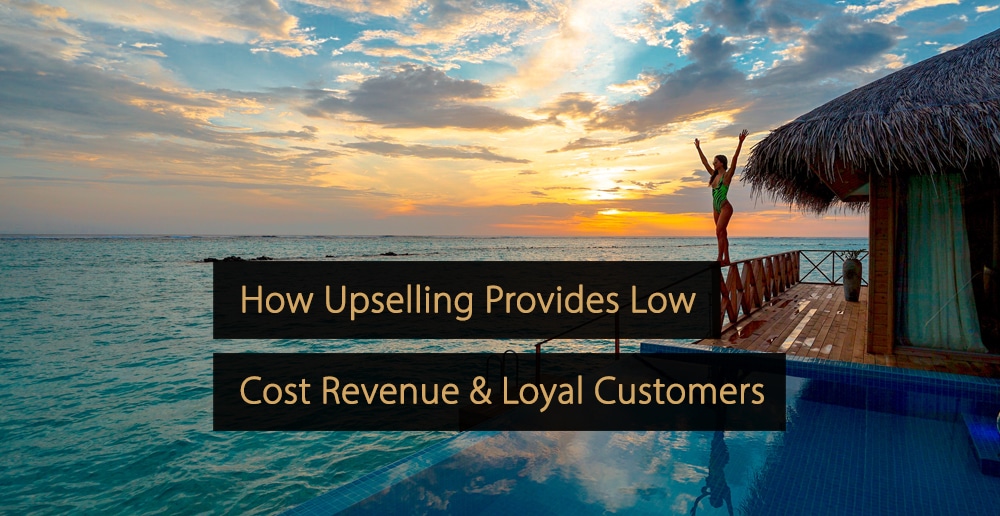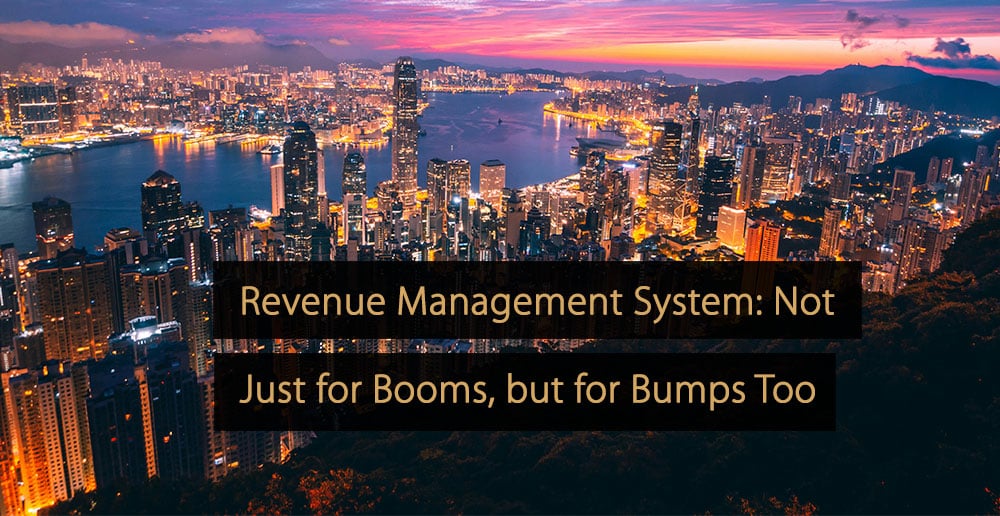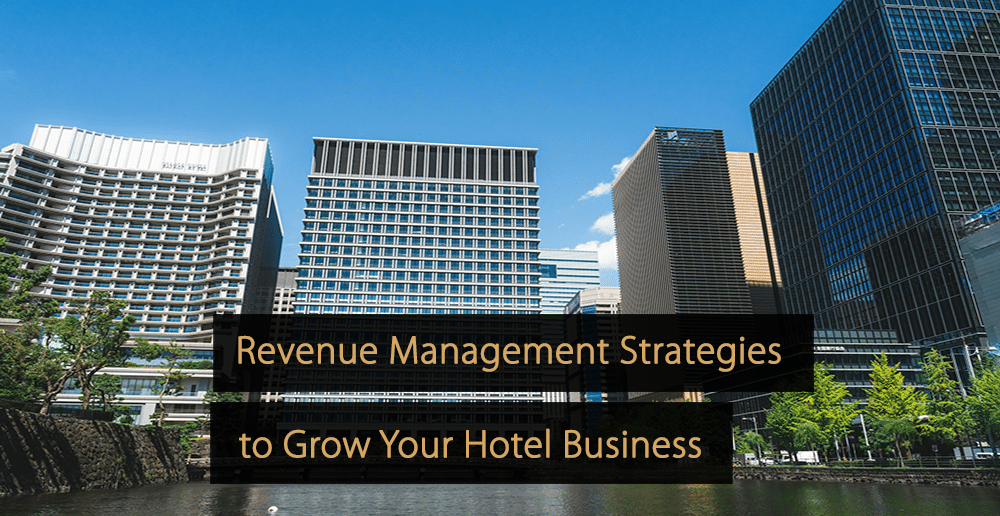All kinds of businesses use upselling to enhance their customer experience and maximize revenue on existing sales. From the McDonald’s server asking, “Do you want fries with that?”, to airlines offering seat upgrades. Upselling provides the opportunity to maximize the value of every customer. Not all upselling efforts are well-received — particularly efforts driven by the sole desire to make more money. If done correctly, upselling can bring you closer to your guests, earn more revenue, better retention, and lower churn.
Upselling Builds Better Relationships With Your Customers
When someone talks about upselling, sadly, the first thing that comes to mind is a greasy salesperson pushing services and products that you do not need or want. The truth is that in most cases, upselling drives happiness. In fact, upselling is closely related to customer satisfaction.
The point of upselling is to give the customer all their options so they can make better, more informed decisions. If you know an existing customer’s expectations and behavior history, you can better guide them to the product or service that would best suit them. By demonstrating that you understand their needs and preferences you build deeper relationships with customers. It’s a win-win. They feel like you delivered special value while you generate more revenue.
Upselling is Easier and More Profitable Than Selling to New Customers
Everyone knows that customer acquisition is expensive. The costs are substantial: marketing campaigns, sales teams, commission etc., all must be paid to get customers through the door. An article in Harvard Business Review research conducted by Frederick Reichheld of Bain & Company found that generating a new customer is anywhere from five to a staggering 25 times more expensive than keeping a current customer.
Instead of running elaborate marketing campaigns, awareness ads, and throwing good money after bad at OTAs, you can simply upsell to your existing customers. They have already been through the initial “expensive” funnel and therefore are your most profitable customers, as they require far fewer sales and marketing expenses. It is much easier and cheaper to optimize an upsell to a guest who already trusts you and has bought something from you in the past than try and upsell to a guest who is new to your brand.
According to Marketing Metrics by Paul Farris, companies have a 60 – 70% success rate of upselling products and services to existing customers, compared to a 5 – 20% chance of selling them to new customers. Moreover, existing customers are also likely to spend 31% more, when compare to new customers.
Increase Customer Lifetime Value
Upselling is all about providing the best possible value for your consumers so that they go on to provide the best possible value for you. That effort will pay off for many years down the line. Putting it into perspective:
Sales guru Jeffrey Gitomer describes it as helping your customers win. “Tell them how they win. When they win, you win. Simply show them how an upsell will help them win…and you deliver more value. That cements relationships”.
Your efforts could lead to around 70-90% of your profits, compared with the mere 5-30% created by an initial or one-time sale.
Upselling is one of the simplest ways to raise the Customer Lifetime Value of your loyal customers. When done right, focusing on upsells to customers who have already spent their money with your business is an effective way to increase your customer’s lifetime value.
More Tips to Grow Your Business
Revfine.com is the leading knowledge platform for the hospitality and travel industry. Professionals use our insights, strategies, and actionable tips to get inspired, optimize revenue, innovate processes, and improve customer experience.Explore expert advice on management, marketing, revenue management, operations, software, and technology in our dedicated Hotel, Hospitality, and Travel & Tourism categories.








Leave A Comment